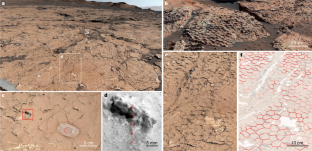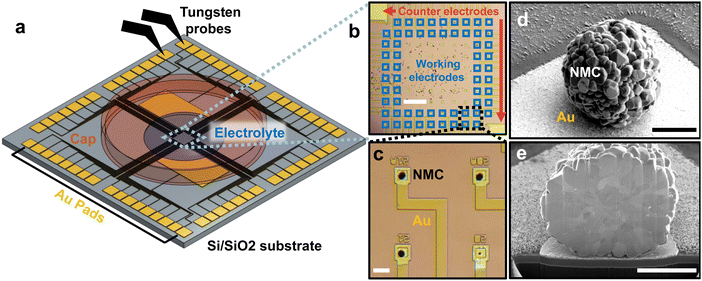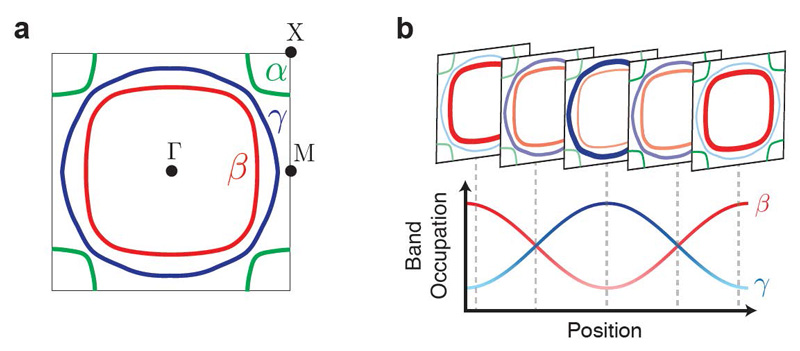2023-08-10 ロスアラモス国立研究所(LANL)
◆これは、火星がかつて湿潤な気候を持ち、一時的には生命をサポートできた可能性があることを示唆している。これにより、火星の過去の水の歴史に新たな一面が明らかになり、有機分子や生命の形成に適した環境であった可能性が示された。
<関連情報>
- https://discover.lanl.gov/news/0809-mars-climate-patterns/
- https://www.nature.com/articles/s41586-023-06220-3
初期の火星における持続的な湿乾循環 Sustained wet–dry cycling on early Mars
W. Rapin,G. Dromart,B. C. Clark,J. Schieber,E. S. Kite,L. C. Kah,L. M. Thompson,O. Gasnault,J. Lasue,P.-Y. Meslin,P. J. Gasda & N. L. Lanza
Nature Published:09 August 2023
DOI:https://doi.org/10.1038/s41586-023-06220-3

Abstract
The presence of perennially wet surface environments on early Mars is well documented1,2, but little is known about short-term episodicity in the early hydroclimate3. Post-depositional processes driven by such short-term fluctuations may produce distinct structures, yet these are rarely preserved in the sedimentary record4. Incomplete geological constraints have led global models of the early Mars water cycle and climate to produce diverging results5,6. Here we report observations by the Curiosity rover at Gale Crater indicating that high-frequency wet–dry cycling occurred in early Martian surface environments. We observe exhumed centimetric polygonal ridges with sulfate enrichments, joined at Y-junctions, that record cracks formed in fresh mud owing to repeated wet–dry cycles of regular intensity. Instead of sporadic hydrological activity induced by impacts or volcanoes5, our findings point to a sustained, cyclic, possibly seasonal, climate on early Mars. Furthermore, as wet–dry cycling can promote prebiotic polymerization7,8, the Gale evaporitic basin may have been particularly conducive to these processes. The observed polygonal patterns are physically and temporally associated with the transition from smectite clays to sulfate-bearing strata, a globally distributed mineral transition1. This indicates that the Noachian–Hesperian transition (3.8–3.6 billion years ago) may have sustained an Earth-like climate regime and surface environments favourable to prebiotic evolution.



